Premium Only Content
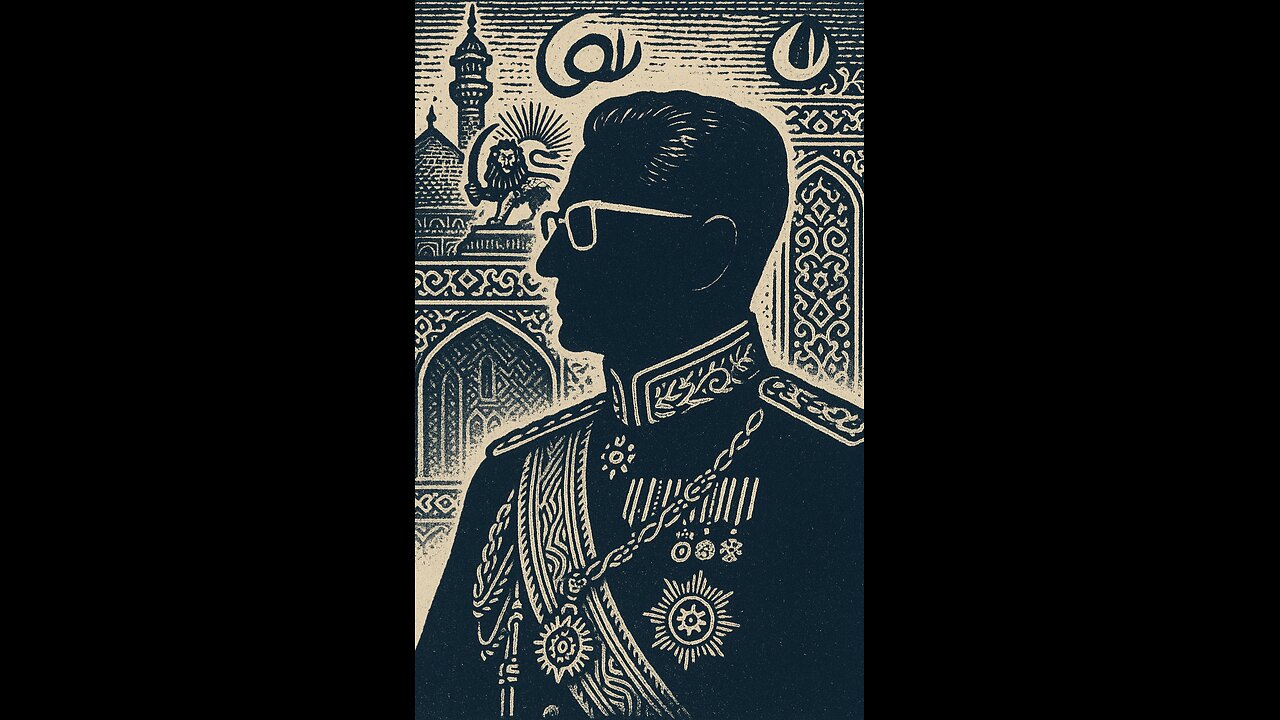
The Shah
Mohammad Reza Pahlavi’s rule over Iran (1941–1979) was marked by deep political controversy due to his autocratic governance, close alignment with Western powers, and dependence on the SAVAK secret police to silence opposition.
His return to consolidated power after the 1953 CIA- and MI6-backed coup against Prime Minister Mohammad Mossadegh fostered widespread nationalist resentment and perceptions that he was a foreign-installed ruler.
The White Revolution of the 1960s brought land reform, expanded education, and advanced women’s rights, but it also alienated the clergy, disrupted rural economies, and deepened class divides.
The surge in oil revenues during the 1970s funded rapid modernization and lavish state projects, yet also fueled accusations of corruption, extravagance, and detachment from the struggles of ordinary Iranians.
His secularization policies and harsh suppression of both leftist and Islamist groups forged an unlikely alliance of opposition forces, culminating in the 1979 Iranian Revolution that overthrew the monarchy and established the Islamic Republic.
-
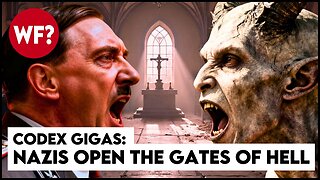 31:30
31:30
The Why Files
7 days agoCodex Gigas | The Devil's Bible and the Nazi Hole to Hell
27.2K62 -
 1:05:26
1:05:26
Man in America
12 hours ago“Poseidon” Doomsday Sub, Microplastics & The War on Testosterone w/ Kim Bright
64.5K3 -
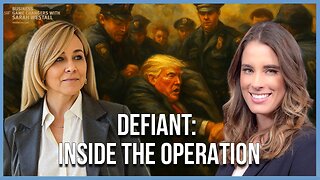 1:05:57
1:05:57
Sarah Westall
5 hours agoThe Story the DOJ, the FBI and the Media doesn’t want you to Know w/ Christina Bobb
11.4K4 -
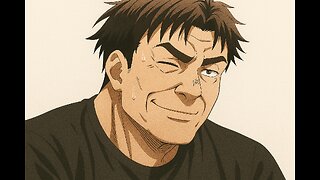 2:16:01
2:16:01
IsaiahLCarter
1 day ago $4.43 earnedGraham Linehan: A Mess of Courage and Conviction || APOSTATE RADIO 034
11.9K -

Tundra Tactical
5 hours ago $2.26 earned🛑LIVE NOW!! Honest Gun Company Slogans Gun Mad Libs and Much More
7.64K2 -
 4:54:33
4:54:33
MattMorseTV
6 hours ago $256.19 earned🔴Senate VOTES to END the SHUTDOWN.🔴
144K174 -
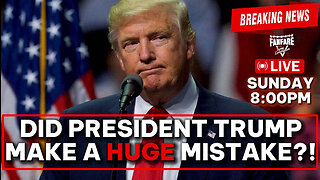 2:55:39
2:55:39
Barry Cunningham
1 day agoBREAKING NEWS: DID PRESIDENT TRUMP MAKE A HUGE MISTAKE? SOME SUPPORTERS THINK SO!
41.5K27 -
 LIVE
LIVE
SpartakusLIVE
5 hours agoSOLOS on WZ || #1 Challenge MASTER is BACK in Verdansk
370 watching -
 2:49:38
2:49:38
megimu32
3 hours agoOFF THE SUBJECT: Chill Stream, Music & Fortnite Chaos 🎹🎮
20.5K4 -
 2:24:09
2:24:09
vivafrei
14 hours agoEp. 290: Canada's Darkest Week; Comey Fix is In! Tariffs, SNAP, Hush Money Win & MORE!
218K168